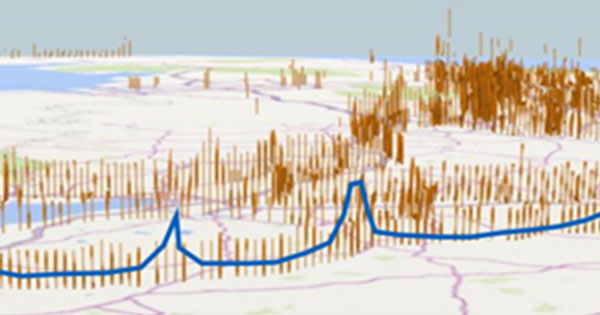A risk based approach to air quality

Air pollution is the top environmental risk to human health in the UK, and the fourth greatest threat to public health after cancer, heart disease and obesity. The two pollutants with the widest evidence base linking exposure to negative impacts on health are nitrogen oxides (NOx) and particulate matter (PM).
Since that time, emissions have been reduced thanks to the re-engining of some locomotives, such as Class 43 (HST), 47 and 73, and the introduction of new passenger trains and locomotives. In both cases no specific emissions factors were developed for them.
Existing factors also gave an over-simplistic, single number representation of emissions per distance travelled. That number did not reflect the impact of engine operating cycles (accelerations, decelerations, idling) on harmful emissions.
Research commissioned by RSSB developed emission factors by power demand for locomotive and rolling stock types covering over 90 per cent of current passenger and freight diesel mileage. As a result, the latest (2018) National Atmospheric Emissions Inventory estimate showed NO2 and PM10 emissions from rail reduced by 34 per cent and 64 per cent, respectively.
However, the impact of pollutants depends not only on the amount, but also where they are emitted as this defines the number and type of people exposed. There is currently no way to model emissions across the network to assess the potential impact they are having.
In response RSSB is developing an interactive, online mapping tool which will map local emissions estimates, based on train movements and notch levels, and overlay these with external datasets such as population density, hospitals and schools. This will allow rail to identify key areas of risk and prioritise interventions for maximum effect.
The map will allow the industry to gain a better understanding of why such hotspots exist and what can be done to improve air quality at these locations. It will also support clear communicated and allow ongoing improvements to be tracked, for example, as electrification programmes or new rolling stock are introduced.
July 2020
Back



